In the world of Mycelia, players work to be the first to empty their boards of sparkly dew drops. They’ll do this with the help of cards, each featuring a Fun-Guy (or Gal) with special abilities. Join me at the table to see how this all plays out.
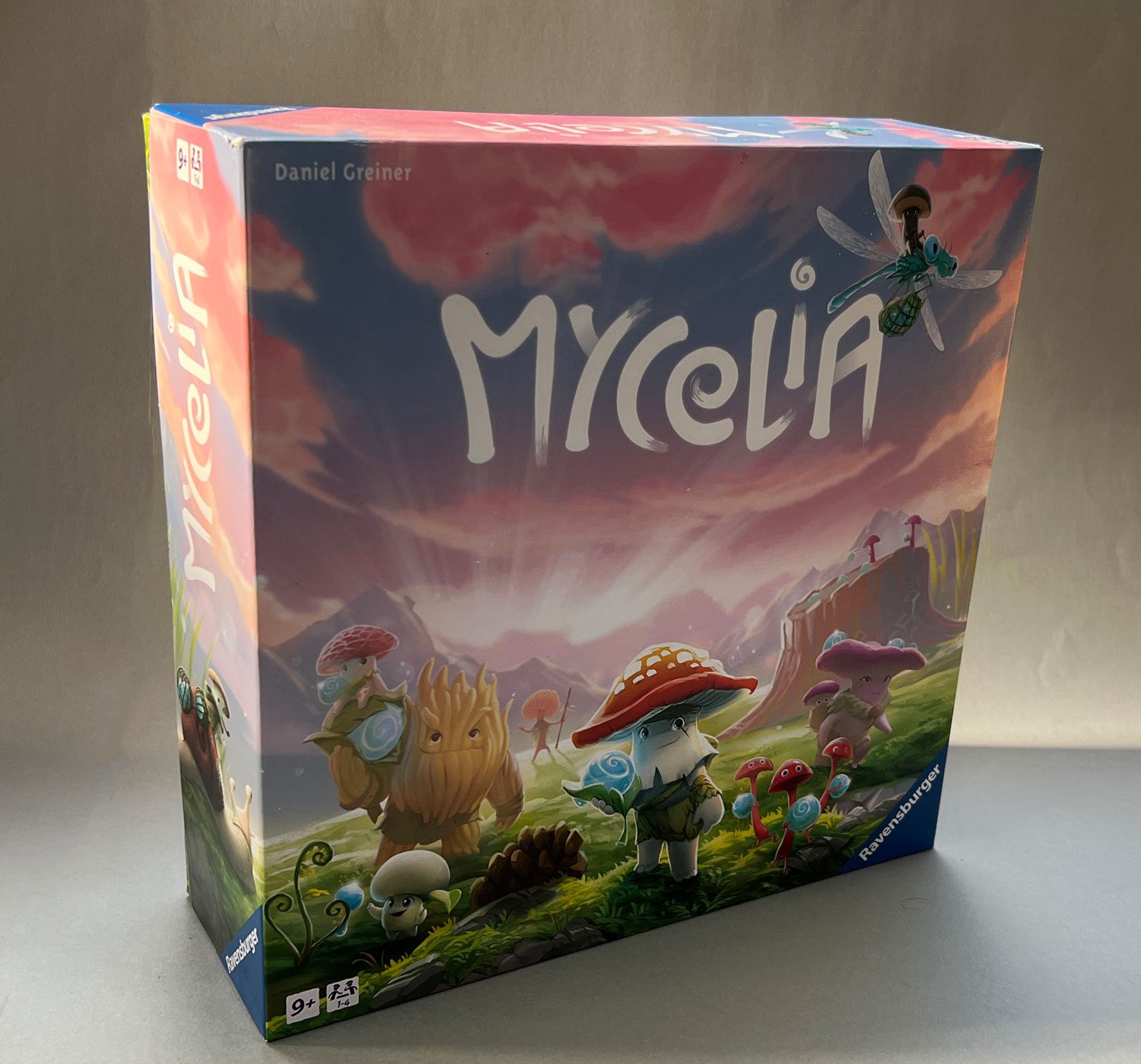
Don’t Spore Me the Details
Players are each given a player board (one side being the same for all players; the other varies from player to player). One of the three, double-sided, starting dewdrop tiles are drawn and a side is chosen. All players will then place 20 blue plastic dewdrops on their boards, matching the pattern shown on the chosen starting tile.

All players start off with six identical cards, each featuring either a dewdrop movement ability or the number of leaf counters they can take on their turn. They’ll each shuffle their cards and draw three to play this round.
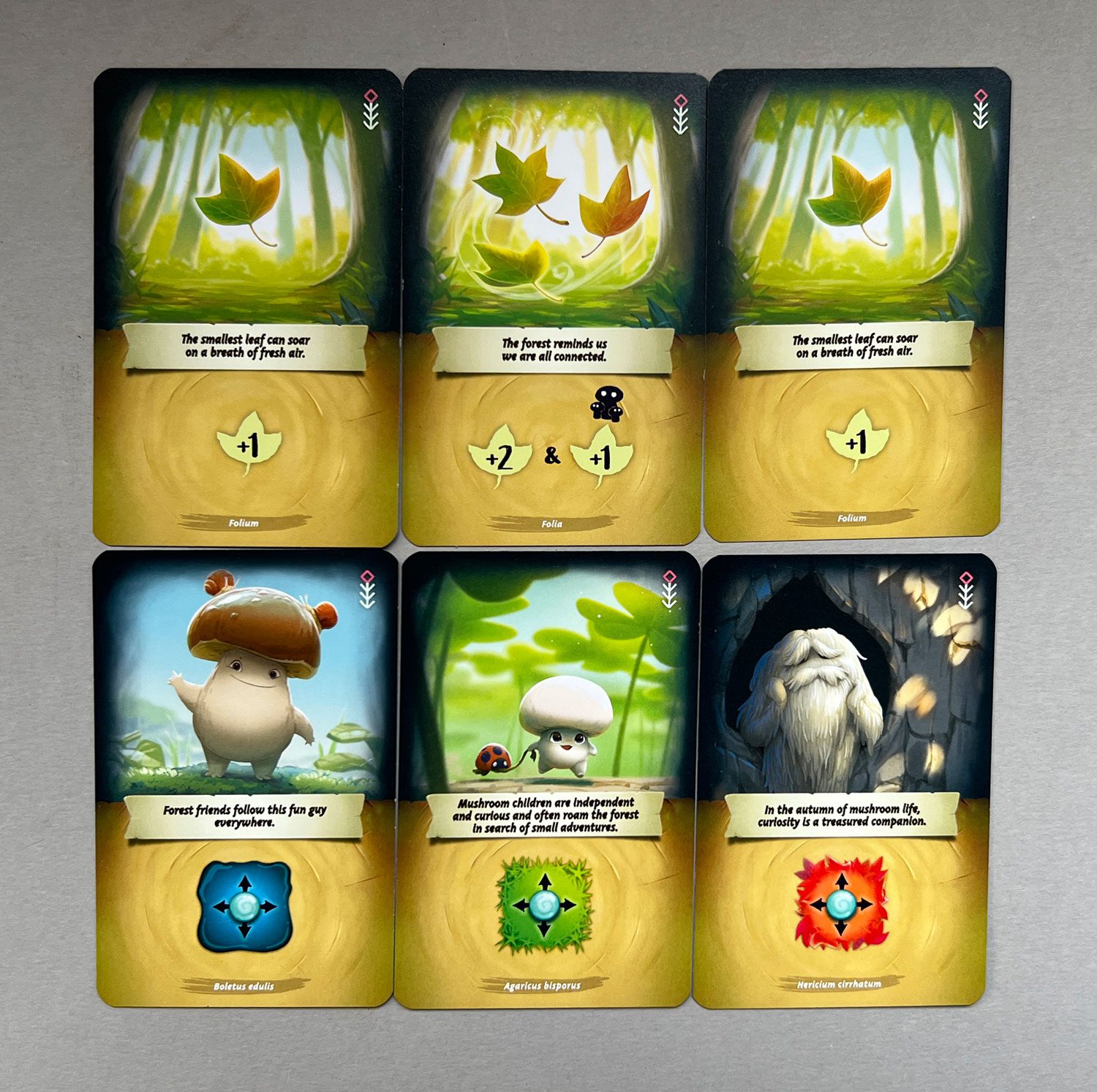
From the deck of playing cards, lay out five cards, face-up, within easy reach of all players. As with your starting cards, these will each feature an illustration with mushrooms or leaves at the top and an action/actions at the bottom.
Cards come in several varieties of assistance. Some grant you and you alone special abilities while others grant you an ability and your opponents a lesser version of that same ability. Some allow you to move dewdrops from three of the four ecosystems on your board (grass, leaves, water; there are no actions specific to the ground areas) or from the land-type of your choice. Some only activate if there is a specific number of dewdrops on a square, etc.
More importantly, the cost of the card will be in the upper right corner and the special power the card brings is listed at the bottom.
Going clockwise from the starting player, each player plays all three of their cards, in whatever order they choose. During this phase, you’ll likely move or remove a few dewdrops on your board and accumulate a few leaves.
Morel Support
At the end of your turn you can spend your gathered leaves on as many of the face-up cards on display that you can afford that you wish to purchase. These cards go on top of your current draw deck, where they’ll be available to you on your next turn.

There are also two standard action abilities at the bottom of each player board that can be used by paying leaves. One allows you to discard all the face-up cards on offer and have five new cards dealt out. The other allows you to move one dewdrop, orthogonally, one square.
The Shrine of Champignons
In the upper right of each player’s board, there is a blue and white swirl of an icon. This is the point where your dewdrops will each leave your player board. The swirl also mirrors the assembled cardboard Shrine of Life that sits on the table.
When starting the game, place the six-sided Supplies die in one of the spaces encircled by white. (This will vary based on player count)
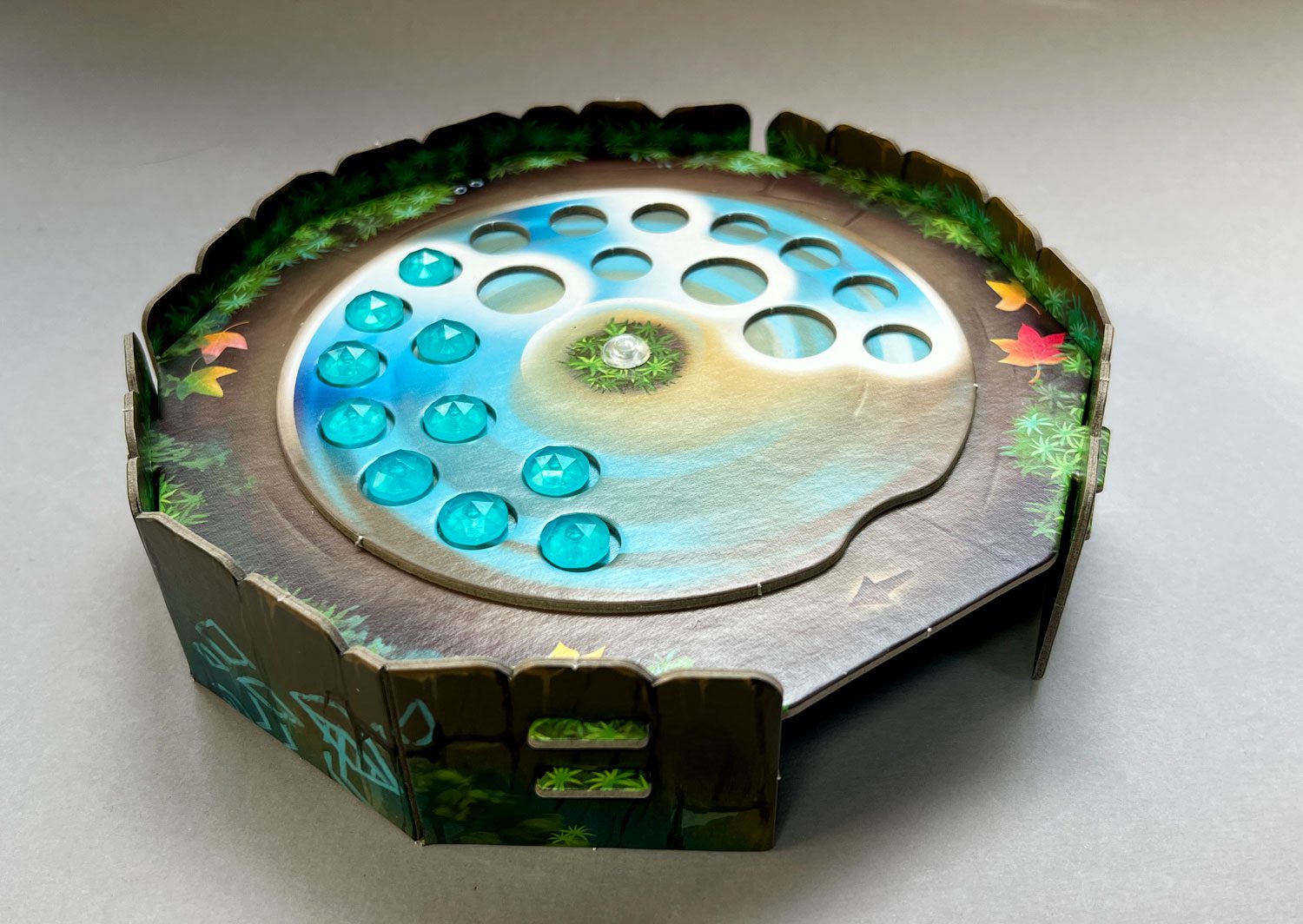
When removing a dewdrop from your player board, you’ll move them to the open spaces on the Shrine of Life. When dewdrops reach the Supplies die, the limit here is reached at different points—and when reached, the topmost part of the Shine is turned clockwise one full revolution. This will cause all the dewdrops to spill out from an angled ramp under the Shrine, along with the Supplied die.
Taking the Supplied die, you’ll then reference a pre-chosen supply card and match the symbol on the die to squares on the supply card. Each player then adds one dewdrop from the Shrine’s overspill onto each matching square on your board.
Be the first player to remove all your dewdrops from your board, and you win.
Putting My Thinking Cap On
Mycelia is a perfectly fine game that is both easy to teach and easy to play. With turns consisting of playing only three cards and taking their accompanying actions, turns are short—so short, at times, we found ourselves considering our three new cards from the top of the deck only to be told it was our turn again.
Players will likely enjoy the cards that grant everyone an action. It’s another great way of keeping everyone involved and engaged in the game.
That being said, I do have some reservations. For as colorful and well-illustrated the multilingual rulebook is, the action iconography on some of the cards left us confused. I encountered this during my initial two-player solo run-through of the game and my gaming group ran into it during our three-player session. After consulting (and re-consulting) the rule book, we all agreed on a best guess for those cards and carried on with the game.
As for replayability, I’m guessing Mycelia has a limited shelf-life. Once players understand the deckbuilding mechanic, there are other, better games to play. I strongly suspect that once new gamers play a heavier deck builder like Dominion—with (to quote my friend and colleague Justin Bell) all of its combolicious goodness—they’re likely to find Mycelia a step backwards.
Mycelia is a cute, family/kid-friendly game that is perfect for introducing new players to the deckbuilding mechanic. My guess, though, is once you’ve moved on to something a bit more adventurous, you’ll want to pass Mycelia on to another deserving group of new gamers.


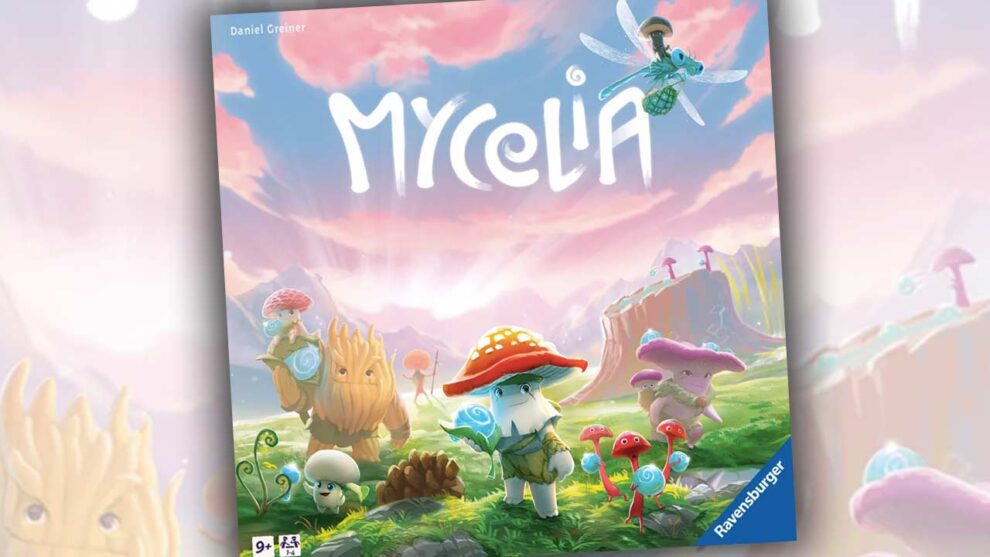


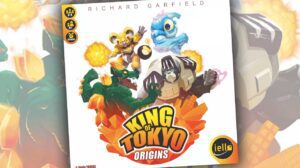






Add Comment